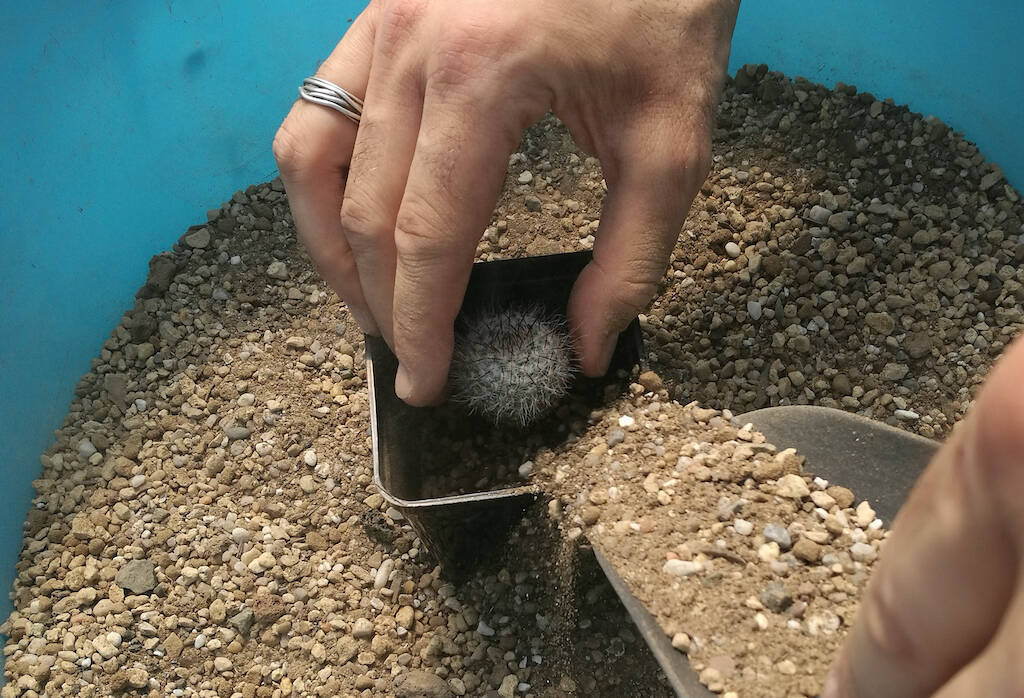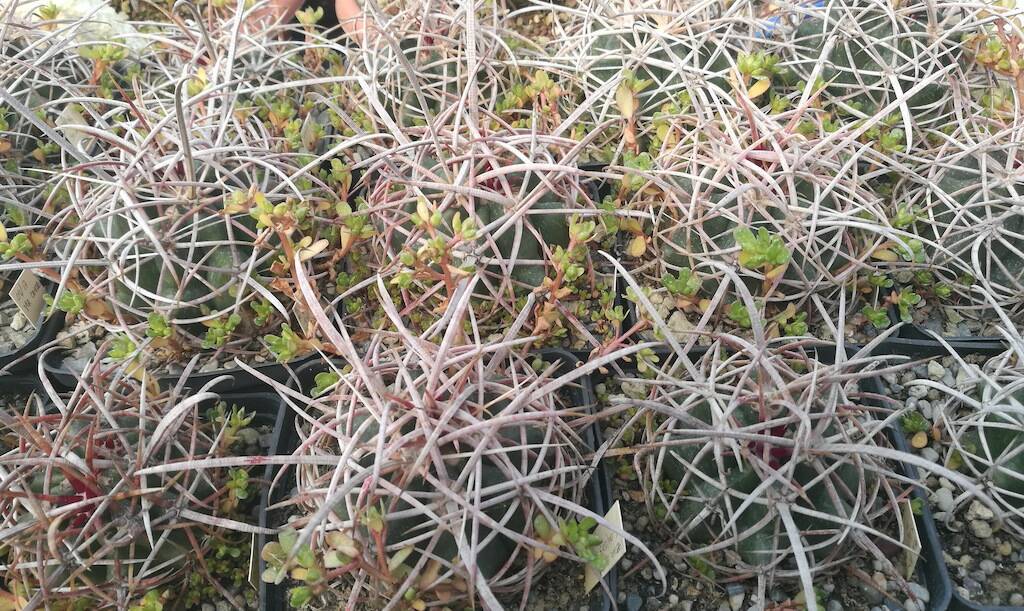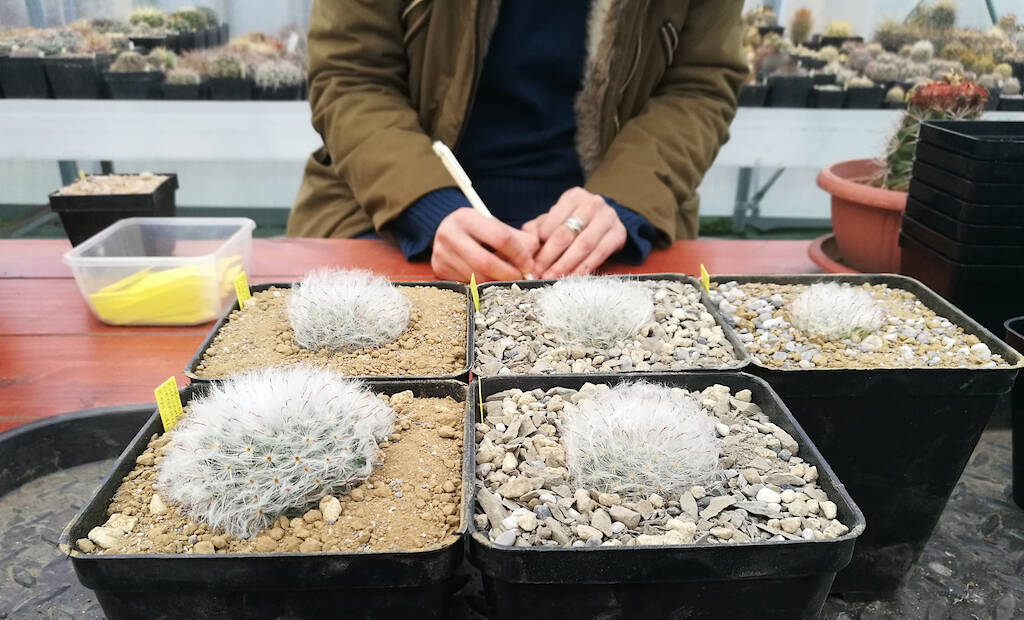Here is another test of mine. In the cultivation of cacti, a bit like with many other passions in life, there are two different approaches: a “static” approach, let’s say “contemplative” and “collecting”, and a “dynamic” one, experimental and inspired by an ever greater understanding of these plants. In this second approach (which is the one that has inspired my passion for years) the study of reliable texts, the comparison with other growers and, above all, the experimentation in the field, for example, working on potting media, exposure, cultivation techniques and more, are fundamental. Just growing plants – succulent or not – for years and years, in the same way, never changing the type of soil, exposure or method of cultivation is fine, mind you. Clearly, it’s perfect for those who only appreciate plants from an aesthetic or collecting point of view and have no particular demands. In short, it’s valid for those who are not interested in learning more and are not willing to take risks to improve and better understand the plants themselves.
Instead, the aim of “wild” cultivation is to obtain specimens as robust as possible, and with the same look to those that grow in the habitat (I write about this cultivation’s philosophy here). In addition to the documentation and possibly travel to observe the plants in nature, it is essential to engage in some experiments and be willing to question continuously, even if it could lose some specimens (not the valuable ones, of course). (…)





